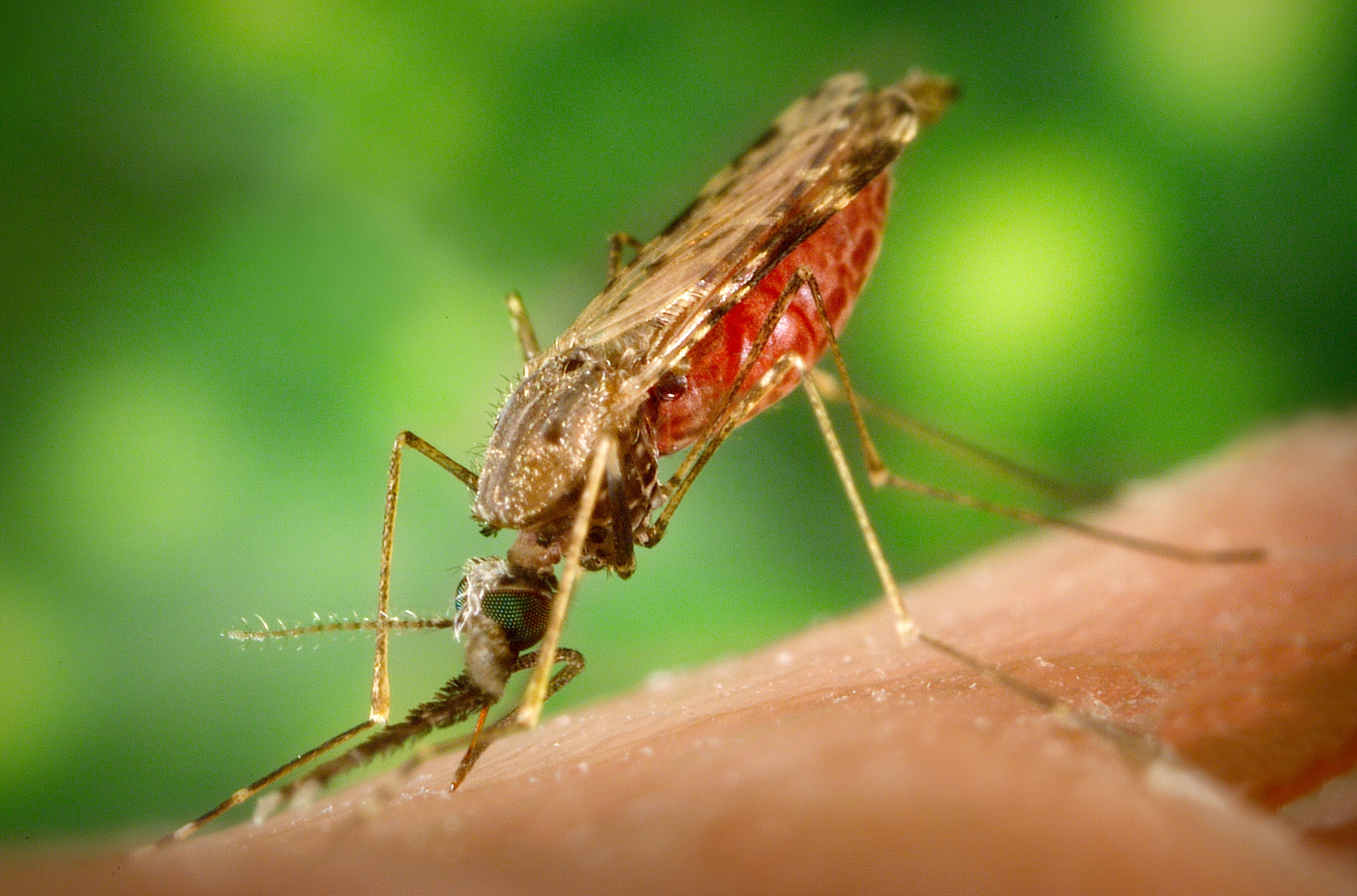 Heads Up: New Technique Allows Population Scale Genetic Engineering
Heads Up: New Technique Allows Population Scale Genetic EngineeringHey, heads up Public: game-changing new science means we can probably make insects stop spreading...
 Facebook Backlash Will Backfire On The Backlashers
Facebook Backlash Will Backfire On The BacklashersFacebook is under fire again, this time not over privacy, but for finding that a news feed can...
 The Real Reason Tesla Opened Its Patents, And Why It Makes Business Sense
The Real Reason Tesla Opened Its Patents, And Why It Makes Business SenseTesla Motors CEO and Tony Stark do-alike Elon Musk recently raised a great deal of consternation...
 SpaceX's Brazenly Illegal Rocket Launch
SpaceX's Brazenly Illegal Rocket LaunchHot off of revolutionizing ground-based transportation with the electric car company Tesla and...







